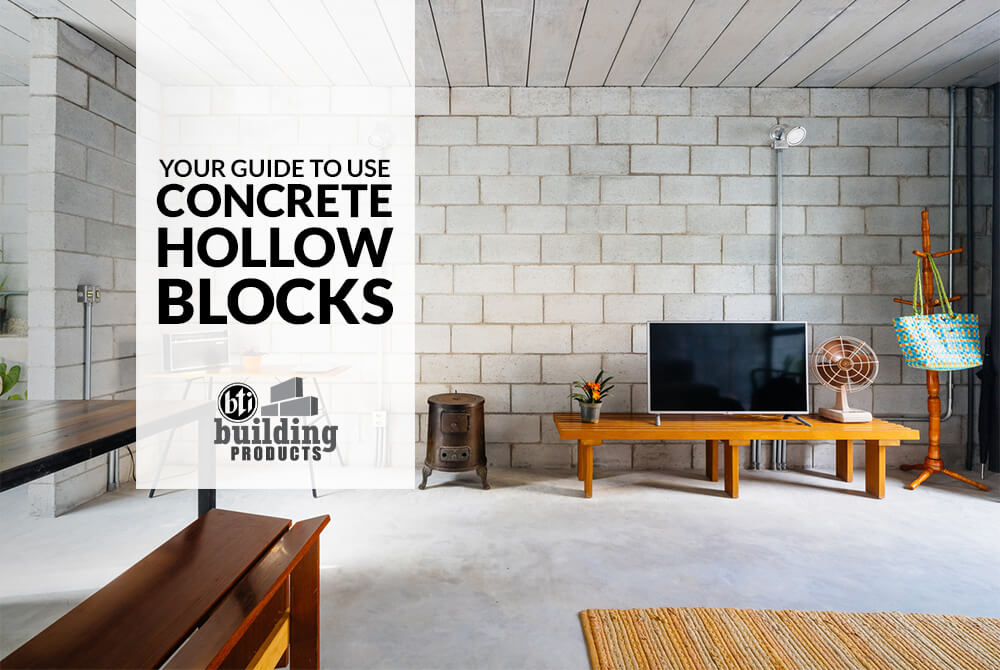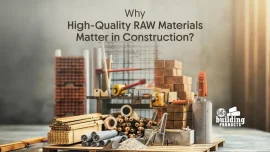
Your Guide To Use Concrete Hollow Blocks
Concrete hollow blocks are quite popular as building materials in construction projects all over the world today. They are made by mixing concrete and other by-products such as fly ash to form a solid block that is then hollowed out to create a lightweight and durable construction material. This versatile building material offers several benefits over traditional bricks.
- Lightweight and Durable: Concrete hollow blocks are much lighter than solid concrete blocks, making them easier to handle and transport. They are also highly durable and can withstand extreme weather conditions, making them a suitable choice for building homes and other structures in areas prone to earthquakes, hurricanes, and other natural disasters.
- Cost-effective: Concrete hollow blocks are relatively inexpensive compared to other building materials, making them a cost-effective option for builders and contractors. They are also available in various sizes and shapes, making them suitable for a wide range of construction projects.
- Energy Efficient: The hollow cavities in concrete hollow blocks help to reduce heat transfer, making buildings built with these blocks more energy-efficient. This can lead to significant energy savings, especially in areas with extreme temperatures.
- Easy to Install: Concrete hollow blocks are relatively easy to install, and no special tools or equipment are required. This makes them an ideal choice for DIY projects and small-scale construction projects.
- Eco-friendly: Concrete hollow blocks are made from natural materials, making them an environmentally friendly option for building construction. They are also recyclable, which means they are a sustainable choice for builders who are concerned about the environment.
We must remember that these benefits are achievable to their fullest potentials by following the basic guidelines from the concrete hollow block rule book. Here are a few things to keep in mind when using concrete hollow blocks in construction:
- Quality Control: Make sure to purchase high-quality concrete hollow blocks from a reputable manufacturer. Poor-quality blocks can compromise the stability and strength of the structure. If you want to high-quality concrete hollow blocks, bti Building Products might be a right option for you.
- Loading Capacity: Consider the weight-bearing capacity of the blocks when planning the construction. This will ensure that the structure is safe and secure.
- Proper Laying Technique: The blocks should be laid properly to ensure a strong and stable structure. This means ensuring the correct alignment and bond of the blocks, as well as proper mortar application.
- Reinforcement: Reinforcement, such as steel bars, should be used in the blocks to increase their strength and stability. This is critically important in areas prone to earthquakes and other natural disasters.
- Waterproofing: Consider waterproofing the structure to prevent water damage. This can be achieved by using waterproofing materials or by installing a waterproofing membrane.
- Professional Supervision: It is recommended to have a professional supervise the construction process to ensure that all the steps are carried out correctly. This will help to avoid mistakes that can compromise the stability and safety of the structure.
Concrete hollow blocks are a versatile, cost-effective, and eco-friendly building material with low water absorption which is suitable for a wide range of construction projects. However, the efficient and proper use of concrete hollow blocks will help extract the maximum benefit out of it. Proper planning and attention to detail are essential when using concrete hollow blocks in construction. By keeping these key points in mind, you can ensure that the structure is strong, stable, and safe. Use concrete hollow block, go green.




